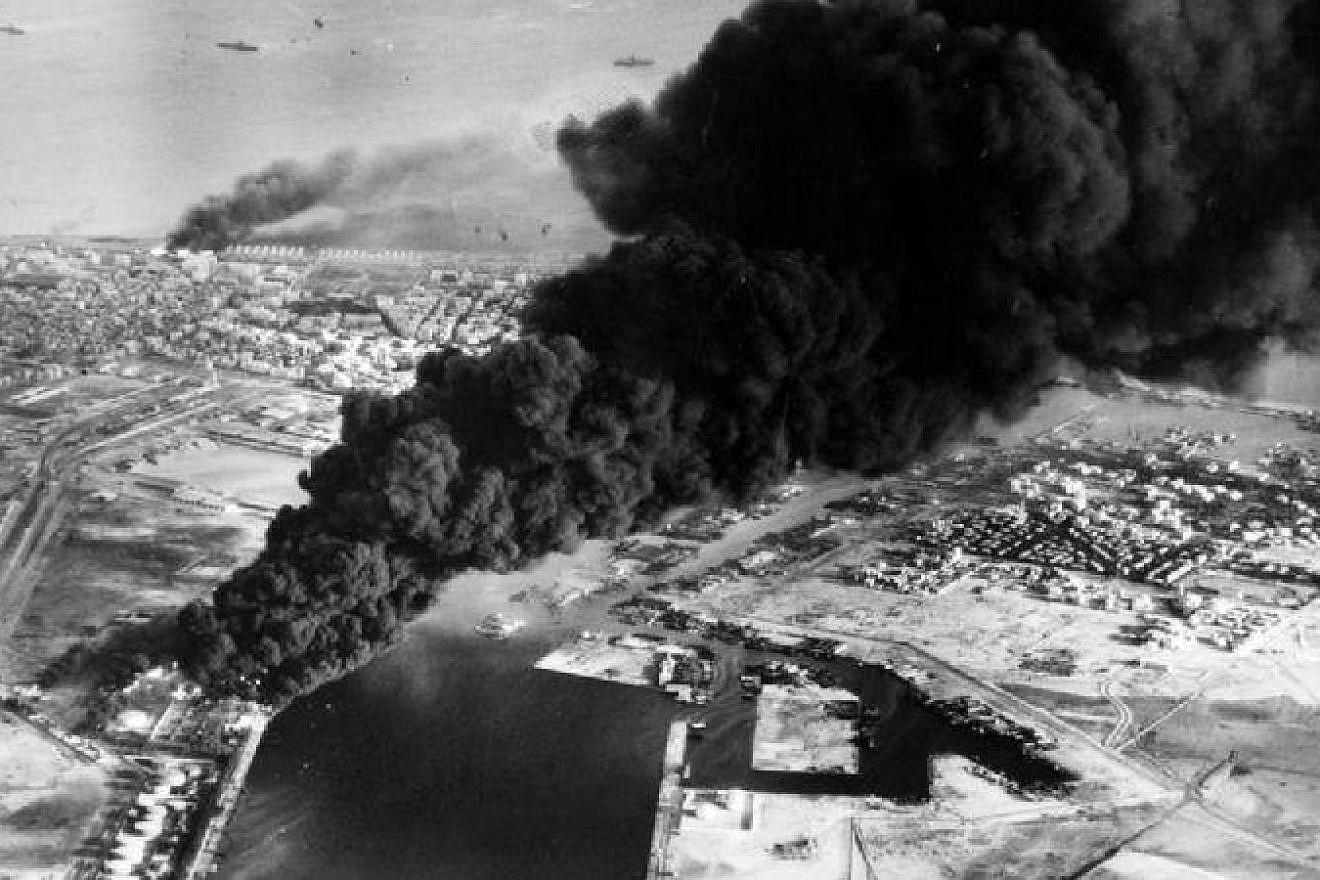As the modern State of Israel celebrates its 75th year, it is always important to review aspects of the past to learn lessons for the future.
Israel has never wanted to go to war. The Jewish people despise war. It is against our character. As Golda Meir said, “It will be harder for us to forgive [the Arabs] for having forced us to kill their sons. Peace will come when the Arabs will love their children more than they hate us.”
Just as in 1948, when Israel was forced to defend itself against an invasion by five Arab countries, in 1956 Israel had to defend itself against constant infiltrations and the closure of the Suez Canal and the Straits of Tiran by Egyptian leader Gamal Abdel Nasser.
The president of the United States at the time was Dwight D. Eisenhower, who had been a great general in World War II. He famously said when visiting the Ohrdruf Concentration Camp near Buchenwald, “We continue to uncover German concentration camps for political prisoners in which conditions of indescribable horror prevail. I have visited one of these myself and I assure you that whatever has been printed on them has been an understatement.” He said that the “evidence of bestiality and cruelty” was “overpowering.”
Despite his great World War II legacy, Eisenhower did not join Israel in the fight against Egypt and Nasser. It is possible that Eisenhower was swayed by his Secretary of State John Foster Dulles, who was no friend of Israel. The French and the British, however, who had a vested interest in the Suez Canal, joined Israel in the war with Egypt.
During the war, Israel was able to conquer the Sinai all the way to Sharm El Sheikh, as well as the Gaza Strip. Nasser’s “fedayeen” terrorists had been using Gaza as a launching pad to attack Israel on a daily basis.
Israel stayed in the Sinai until March 1957, when Eisenhower and the United Nations pressured Israel into leaving. Promises were made that were not kept, which eventually led to the Six-Day War of 1967.
Today, the Gaza Strip has once again become one of the main staging areas for Arab terrorism, with Hamas and Islamic Jihad in control. Just as the Gaza Strip was conquered by Israel in 1956 and 1967 to stop terrorist attacks, Israel will ultimately have to do the same in the future. This is one of the lessons of the 1956 war.
Another lesson was that the Straits of Tiran are crucial to Israel shipping. They were opened after the 1956 war and, today, Israel sees any closure of the straits as an act of war. The Gulf of Aqaba, which connects to the straits, were closed by Nasser in 1967, which precipitated the Six-Day War.
Since Israel’s peace treaty with Egypt in 1979, this area has been stable. However, Israel is always concerned that rogue nations like Iran will blockade the straits, which are only seven nautical miles in width.
The 1956 war taught Israel many valuable lessons and helped lead to its miraculous victory in 1967. In particular, it highlights the importance of the U.S.-Israel alliance, which is much stronger today than in the Eisenhower era.
America learned its lessons too from the 1956 war, mainly that Israel is critical to the stability of the Middle East and thus America’s national interests.


























